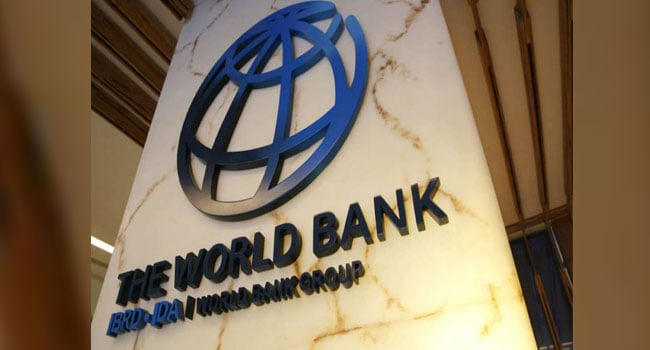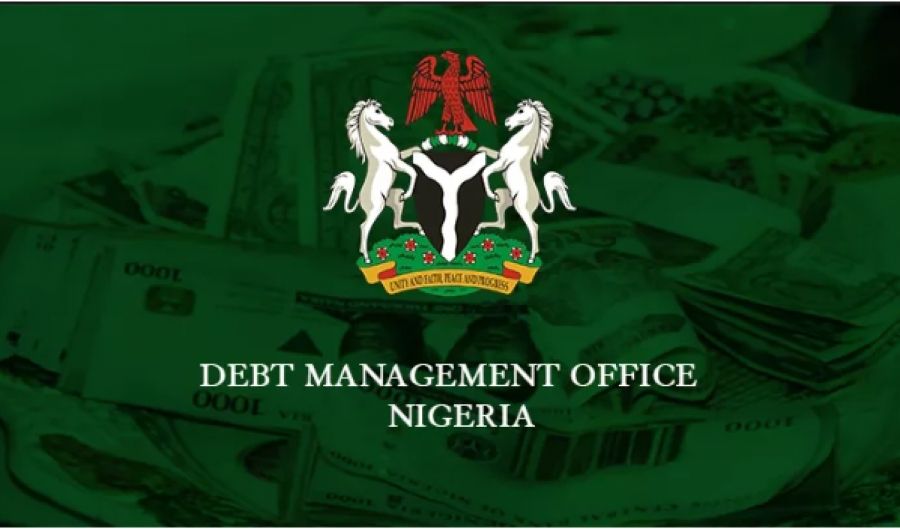Nigeria’s debt stock is seen rising to an unprecedented N140 trillion by end of this year following increased borrowing that now stands above DMO’s debt to GDP ratio of 40 per cent.
With the latest $2.2 billion loan obtained through Eurobond issuance, the country’s total debt stock has risen to almost N140 trillion, up from N134.3 trillion as of June 2024. Experts say that at N140 trillion, Nigeria’s debt to GDP ratio is well above 43.5 per cent about 3.5 percentage points above the threshold set by the nation’s Debt Management Office (DMO).
But going by World Bank and IMF’s global benchmark of 55 per cent debt to DGD ratio, Nigeria still has some elbow room for a little more borrowing.
But analysts fear that low revenue base could spell debt default as debt servicing charge escalate beyond budgetary provision.
To fund its expenditure plans, the government intends to borrow an additional N31.24 trillion over the next three years going by the recently approved 2025-2027 Medium-Term Expenditure Framework and Fiscal Strategy Paper.
“With this latest borrowing Nigeria’s debt stock could rise above N140trillion by end of 2024, especially when you factor debt servicing charges,” said Chukwuma Eze, an economic analyst of note.
Despite decline in private borrowing, global non-financial corporate and household debts have remained elevated at over $150 trillion, heightening concerns about financial stability, the IMF has warned.
Latest IMF’s Global Financial Stability Report warns of risks stemming from precarious balance between high debt and sluggish growth, urging for coordinated global efforts to stabilise financial systems and accelerate growth.
Global debt levels saw a modest decline in 2023, decreasing by one percentage point to 237 per cent of global GDP, according to the newly released IMF Global Debt Database.
This reduction was primarily driven by a significant fall in private sector borrowing, which dropped by 2.8 percentage points to 143 per cent of GDP, dipping below pre-pandemic levels.
However, this decline offset rising public debt, which the latest Fiscal Monitor describes as “high, rising, and risky.”
Empirical data released by the global lender underscores weak growth prospects as the primary factor behind the contraction in private debt.
According to IMF, households and businesses have opted to deleverage rather than take on new liabilities on fears of uncertain economic conditions. This trend reflects a cautious approach to spending and investment, influenced by subdued expectations of future growth.
The rate of private debt reduction slowed in 2023 compared to 2022, largely due to diminishing contributions from unexpected inflation, which in prior years helped erode the real value of nominal debt. Inflation levels in 2022 were at their highest since the 1970s, playing a significant role in reducing debt-to-GDP ratios.
However, with inflation stabilising, its impact on debt erosion has waned. “Addressing these challenges requires targeted structural policies. The latest World Economic Outlook emphasizes the need for reforms that foster sustainable and inclusive growth.

















